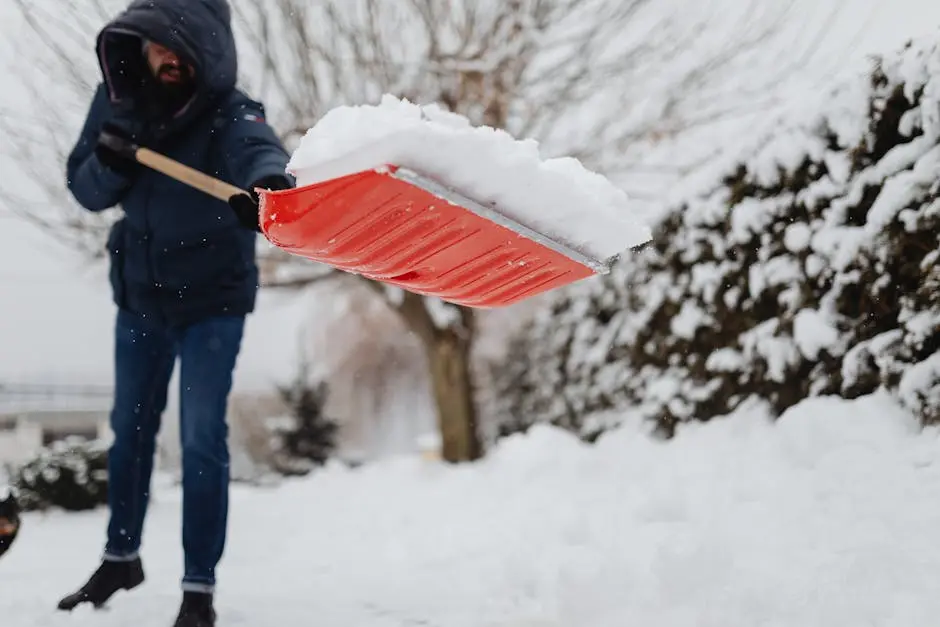
8 Common Mistakes Winter Garden Property Owners Make and How to Avoid Them
Owning a winter garden property brings both beauty and unique challenges. Without proper attention, common pitfalls can arise that might hinder your enjoyment of the serene winter landscape. In this guide, we’ll walk you through some typical mistakes winter garden property owners make and share how you can easily avoid them.
1. Neglecting Seasonal Plant Care
It’s easy to overlook the specific needs of plants during winter. To keep your garden thriving, make sure to adapt your care routine for colder temperatures and limited sunlight. Many plants require similar care throughout the year, but during winter, they might need additional protection or even a change in location. Did you know that mulching can actually insulate your plants by preserving moisture and keeping the ground temperature stable? Don’t let cold snaps catch you off guard; ensure your plants are winter-ready early in the season.
Understanding the microclimates in your garden can also play a vital role in seasonal plant care. Certain areas might be more exposed to wind or cold, which can affect the health of your plants. Group the more sensitive species in sheltered spots to give them the best chance of surviving harsh conditions.
2. Ignoring Garden Equipment Maintenance
Before winter hits, ensure all your gardening tools and equipment are in top shape. Proper maintenance will save you headaches and extend the life of your tools. Start by cleaning, oiling, and sharpening blades to prevent rust and dullness. Leaving any organic residue on your tools can lead to deterioration and may invite disease into your garden. For larger equipment like lawnmowers or snow blowers, consider servicing them in advance, so they’re ready when you need them most.
It’s also important to store garden tools in a dry and secure place. This not only prevents rust but ensures your tools remain in peak condition for those unexpected sunny winter days when you feel the urge to get some gardening done. Preventing cost overruns by regular equipment checks is a proactive way to manage both your time and resources.
3. Overlooking Mulching Benefits
Mulching your garden beds can offer your plants protection against the cold and reduce moisture loss. Make it a priority in your winter garden regimen. Applying a thick layer of mulch around the base of your plants can act as a blanket, helping to regulate soil temperature. This method also helps in suppressing weeds, which can still pop up during milder winter spells. Choose organic materials like shredded leaves, pine needles, or bark chips for added nutrients to your soil as they break down.
4. Failing to Plan for Snow and Ice
Winter weather can be unpredictable. Having a proactive plan for snow and ice removal will protect your plants and garden structures from potential damage. Heavy snow can crush delicate branches, while ice buildup can lead to slipping hazards or damage to garden pathways. Consider installing protective covers or using structures like trellises to help support vulnerable plants. When shoveling snow, be mindful of where you place it, avoiding mounds that may cover or damage your garden plants.
Additionally, use non-toxic de-icing alternatives to protect both your garden and the environment. Rock salt can harm your plants and soil structure, so opt for options such as sand or kitty litter, which provide traction without the damaging side effects.
5. Underestimating the Need for Watering
Don’t assume your plants don’t need watering in the winter. Understanding your garden’s specific hydration needs can prevent stress and ensure their survival. It might seem counterintuitive, but plants can still dehydrate when temperatures drop, especially if winds increase evaporation rates. Keep an eye on weather forecasts to determine when it’s safe to water and avoid doing so during freezing conditions to prevent ice forming around roots. Investing in efficient property management practices ensures you keep track of seasonal needs.
6. Forgetting About Wildlife Visitors
Winter invites numerous wildlife visitors to your garden. Protect your plants by learning how to deter unwanted guests while welcoming beneficial ones. Animals such as deer, rabbits, and voles may find your garden appealing during colder months. Implementing barriers or using natural repellents can help keep them at bay.
On the flip side, encourage beneficial wildlife like birds, which may help in pest control. Providing shelter or food sources like bird feeders can entice these helpful visitors. Not only will they contribute to the garden’s ecosystem, but they’ll also add a lovely touch of life to your winter landscape.
7. Neglecting to Prune and Trim
Pruning in winter can prevent diseases and promote healthy growth in the spring. Keep your garden well-maintained by trimming back any dead or overgrown plants. This is especially important for trees and shrubs, where removing dead branches can prevent disease spread and reduce risk of those branches snapping under snow loads.
Remember, each plant type has unique pruning needs. Take the time to research the best practices for your particular garden species. For many plants, winter pruning is ideal as it gives them a fresh start for the new growth cycle.
8. Overplanting or Misplacing Winter Plants
Carefully assess your garden’s layout before adding new plants. Ensuring proper placement will help each plant thrive despite the season. Overcrowding can lead to competition for resources such as sunlight and water, stressing your plants and reducing their overall health.
Plan your garden with future growth in mind. Some plants spread quickly and may take up more space than initially planned, so allow them plenty of room to expand. Properly utilizing your space can lead to a harmonious and sustainable winter garden environment.
Consider how each plant will interact with its neighbors in terms of sunlight needs, soil type, and water requirements. Balance these factors to create an ecosystem where each species can flourish without hindering others.

